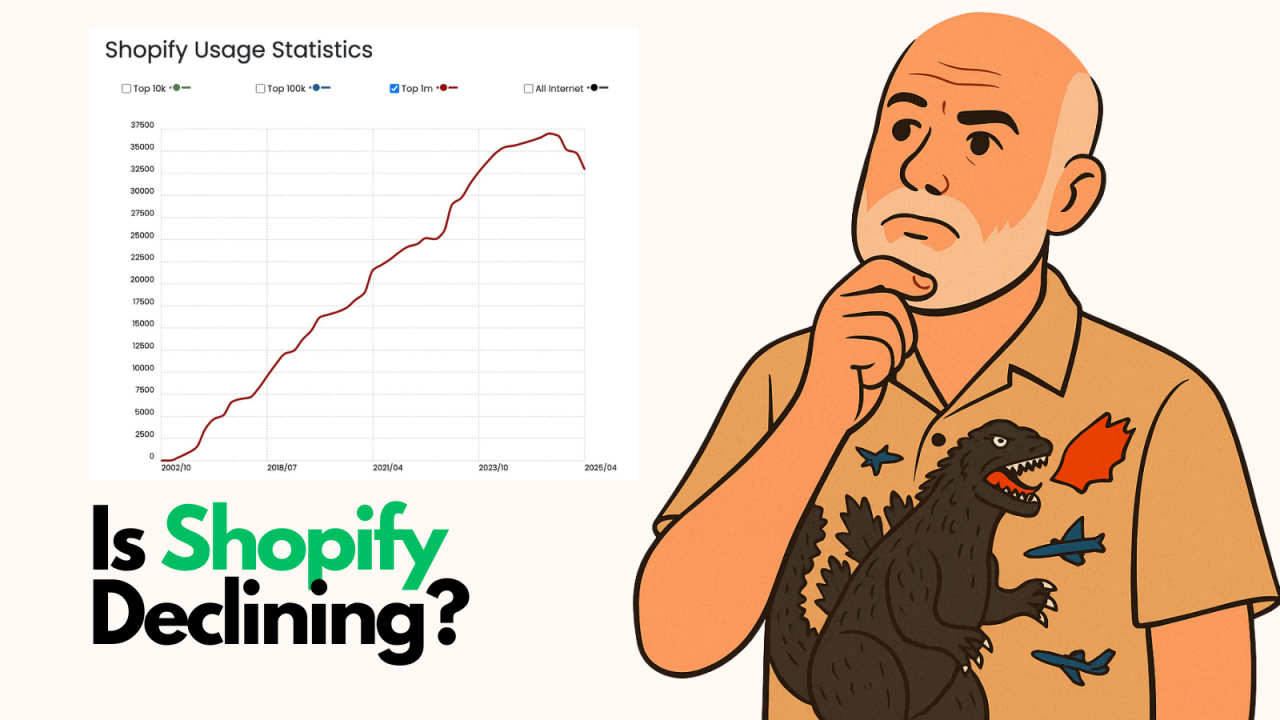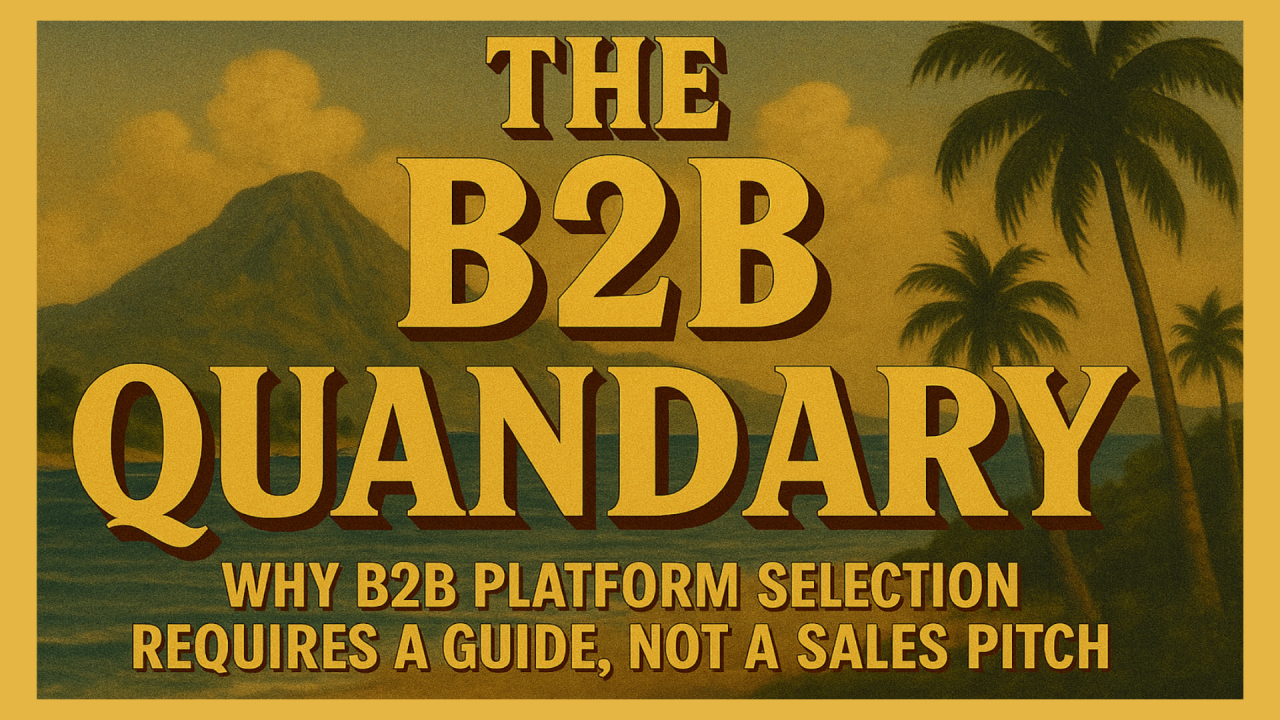It’s no secret that the “My Way or the Highway” model is one of the most popular models for business management. This model assumes that the manager is the ultimate decision-maker and that there is no room for debate or negotiation. This blog will explore the challenges of a “My Way or the Highway” culture, the benefits of a flexible management model, and strategies to encourage participation.
Understanding the “My Way or the Highway” Management Model
. This type of model can be beneficial in some situations for business management, as it ensures that decisions are made quickly and efficiently. Still, this model leaves no freedom for the employee.
The manager is viewed as the sole source of knowledge and power. This means the employees are expected to comply with the manager’s decisions without question. The manager is seen as the only one who is capable of making decisions and has the final say in all matters.
Identifying Signs of a “My Way or the Highway” Culture
Here are the signs:
- Lack of communication: There is a lack of communication between the manager and employees.
- Lack of flexibility: The manager’s decisions are final and there is no room for negotiation or compromise.
- Lack of creativity: This discourages creativity and innovation.
- Lack of collaboration: The manager does not encourage collaboration among employees.
If you recognize any of these signs in your organization, you may be operating under a “My Way or the Highway” business management model.
Challenges of a “My Way or the Highway” Management Model
Here are some of the challenges that may arise.
- Low morale: Employees may feel disempowered and demoralized by the lack of involvement in the decision-making process. This can lead to low morale and a lack of motivation.
- High turnover: Employees may feel unappreciated and frustrated with the lack of communication and collaboration. This can lead to high turnover and decreased productivity.
- Poor decision-making: Employees are not involved in the decision-making process. This can lead to poor decision-making and inefficient processes.
- Lack of innovation: This can lead to a lack of new products and services.
The Benefits of a Flexible Management Model
A flexible management model encourages collaboration and participation from employees.
- Improved morale: Encouraging employees to participate in the decision-making process, so they feel valued and appreciated. This can lead to improved morale and a more engaged workforce.
- Increased productivity: Allowing employees to offer their ideas and solutions, can lead to increased productivity and efficiency.
- Improved decision-making: Involving employees in the decision-making process. This can lead to better decisions and improved processes.
- Increased innovation: Encouraging employees to come up with new ideas and solutions, can lead to increased innovation and new products and services.
How to Create a Flexible Management Model
Here are some tips to help you create a more flexible management model:
- Encourage collaboration: Encourage employees to work together to solve problems and come up with new ideas.
- Listen to feedback: Listen and consider the employee’s feedback
- Communicate: Make sure to communicate with your employees about decisions and changes.
- Allow for flexibility: Allow for flexibility in decision-making and allow employees to offer their ideas and solutions.
- Reward creativity: Reward employees for coming up with new ideas and solutions.
Steps to Reassess the “My Way or the Highway” Management Model
If you recognize the signs of a “My Way or the Highway” business management model in your organization, it is time to reassess the model. Here are some steps to help you reassess the model:
- Evaluate the current model: Evaluate the current model to identify the areas that need improvement.
- Engage employees: Engage employees in the decision-making process and solicit their feedback and ideas.
- Identify the challenges: Identify the challenges of the current model and how it is impacting the organization.
- Consider alternatives: Consider alternative models that may be more suitable for your organization.
- Create a plan: Create a plan for transitioning to a new model and implementing it in the organization.
Strategies to Encourage Participation in a Flexible Management Model
Here are some strategies to help you do this:
- Communicate: Make sure to communicate the goals and objectives of the new model with your employees.
- Offer incentives: Offer incentives for employees who contribute to the success of the model.
- Create a culture of inclusion: Create a culture of inclusion and respect and ensure that all employees feel valued and appreciated.
- Encourage feedback: Encourage employees to provide feedback and suggestions to improve the model.
- Celebrate success: Celebrate successes and recognize employees who have contributed to the success of the model.
What to Do When Everyone Chooses the Highway
If everyone in your organization has chosen the highway and you are unable to reassess the “My Way or the Highway” business management model, it may be time to consider a new management model.
- Employee engagement: Choose a model that encourages employee engagement and participation.
- Communication: Choose a model that encourages open communication between managers and employees.
- Creativity: Choose a model that encourages creativity and innovation.
- Collaboration: Choose a model that encourages collaboration among employees.
- Flexibility: Choose a model that allows for flexibility and encourages employees to offer their ideas and solutions.
It is important to reassess the business management model and create a flexible management model that encourages participation from employees. By encouraging collaboration, communication, creativity, and flexibility, you can create a model that leads to improved morale, increased productivity, and improved decision-making. If everyone has chosen the highway, it may be time to consider a new management model.



